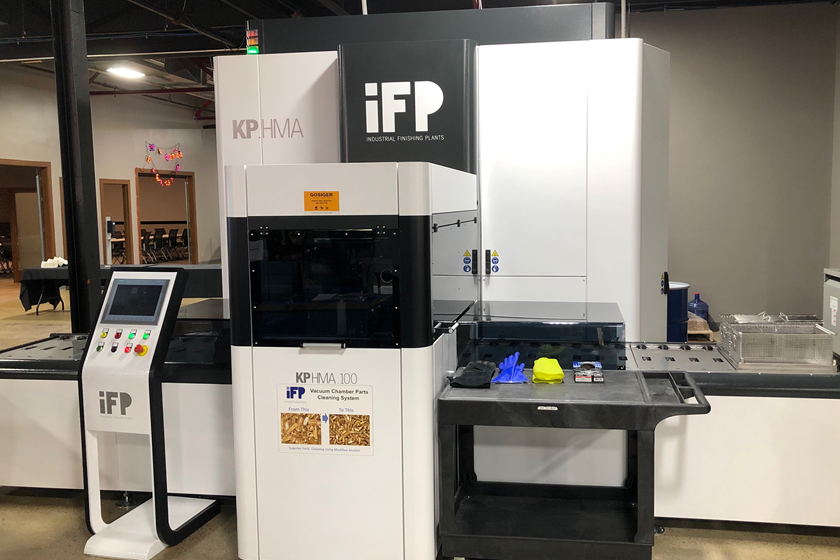Pitting in Acid Zinc Plating
What causes pitting on steel part surfaces after acid zinc plating?
#pollutioncontrol
Q. We acid zinc plate steel parts in-house. The parts are rack-plated. Our problem: The parts show pitting on the surface after the plating. Our chemical vendor suggested that we dump a third of the plating solution and add one-third fresh solution. This has partially solved our problem, but has not eliminated it. Do you have any suggestions on how to solve this issue?—P.J.
A. You mentioned in a subsequent e-mail that you monitor the chemistry of the bath on a daily/weekly basis. That's a great start!
Featured Content
There are a number of things that can cause surface pitting:
1. Bath temperature is too high.
2. Brightener concentration is too high.
3. Chloride concentration is low.
4. Carrier is low.
5. "Tramp" metals are present in the bath.
6. Organic contamination in the bath.
The analysis numbers you sent indicate that the first four items are well within the control limits specified by your chemical vendor. Item five can be determined by doing an analysis for heavy metals. You may have a high concentration of iron that can cause pitting.
I think what you have to concentrate on is organic contamination. The brighteners and carriers that are used in your plating bath are primarily organic in nature, and they break down and decompose in use. The best way to remove these organic contaminants is to treat with activated carbon. This process removes a lot of the organic trash that forms when the brighteners and carriers break down. Keep in mind that treatment with activated carbon does remove some of the brighteners and carriers used in the plating bath. After the treatment, you must reconstitute the brighteners and carriers used in the plating bath.
RELATED CONTENT
-
Zinc Electroplating
Choosing the best process for your operation.
-
Blackening of Ferrous Metals
The reasons for installing an in-house cold blackening system are many and varied.
-
Nickel Electroplating
Applications, plating solutions, brighteners, good operating practices and troubleshooting.



















